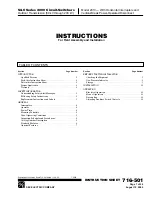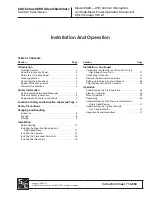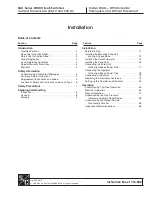
9
Parameters
None
Description
Use the
screen-length disable
command to disable the multiple-screen output function.
Use the
undo screen-length disable
command to enable the multiple-screen output function.
By default, a login user uses the settings of the
screen-length
command. The default settings of the
screen-length
command are: multiple-screen output is enabled and 24 lines are displayed on the next
screen. (For more information about the
screen-length
command, see the chapter “Logging in to the
switch commands.”)
Disabling the multiple-screen output function prevents you from viewing the information in time because
the information refreshes continuously.
When the user logs out, the settings restore to their default values.
Examples
# Disable multiple-screen output for the current user.
<Sysname> screen-length disable
super
Syntax
super
[
level
]
View
User view
Default level
0: Visit level
Parameters
level
: User level, in the range of 0 to 3. The default value is 3.
Description
Use the
super
command to switch from the current user privilege level to a specified user privilege level.
If a
level
is not specified, the command switches the user privilege level to 3. Command levels include four
privileges: visit (0), monitor (1), system (2), and manage (3). You can assign a privilege level according
to the user’s need. When logging in to the switch, the user can access the assigned level and all levels
below it.
A user can switch to a lower privilege level unconditionally. An AUX user can switch to a higher privilege
level without inputting any password. A VTY user must input the switching password set by the
super
password
command to switch to a higher privilege level. If the password is incorrect or no password is
configured, the switching operation fails.
Related commands:
super password
.
Examples
# Switch to user privilege level 2 (The current user privilege level is 3.).
<Sysname> super 2
User privilege level is 2, and only those commands can be used
















































